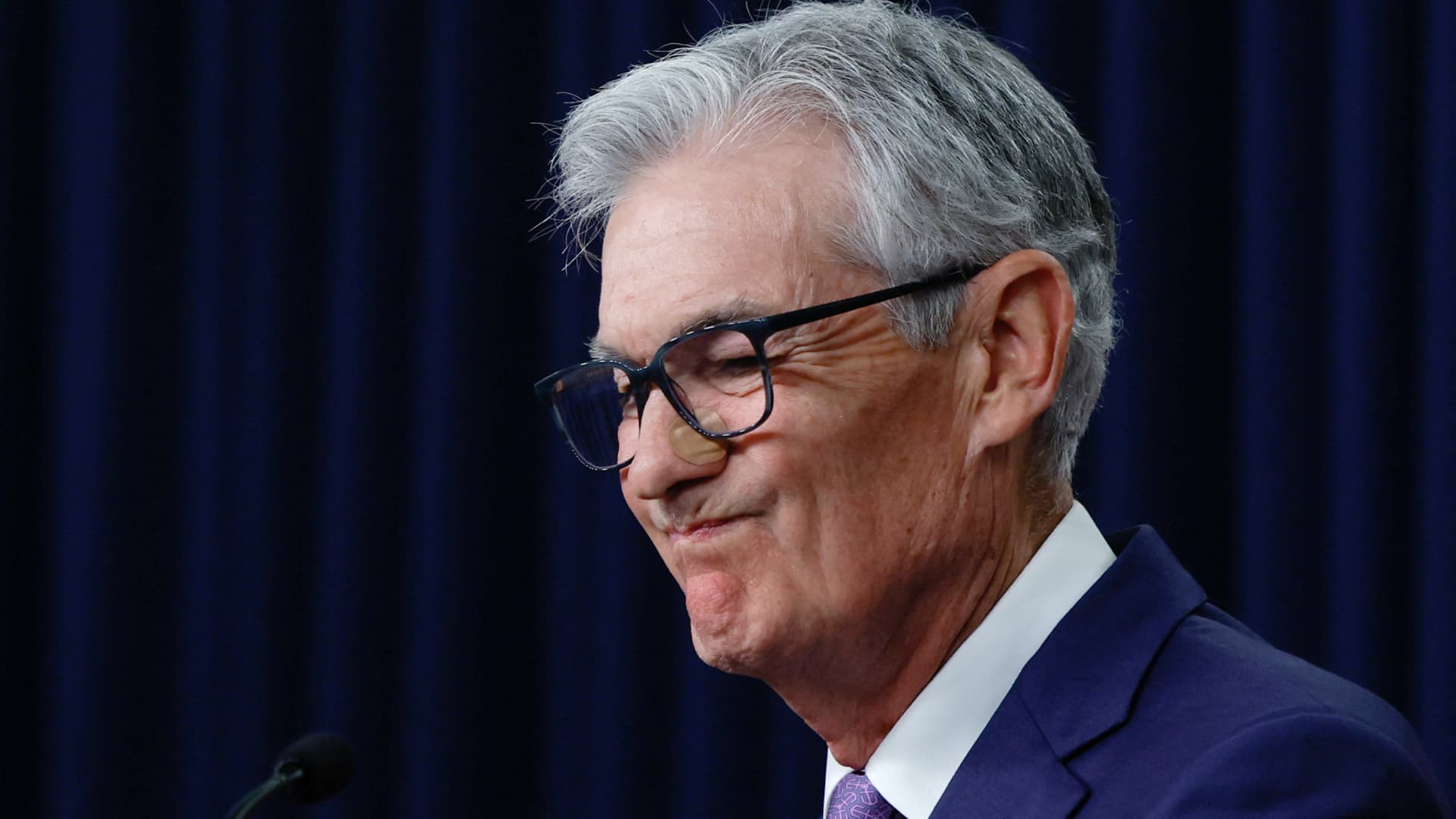Published
27 mins ago
on
June 18, 2024 Article/Editing:
See this visualization first on the Voronoi app.
Which NBA Team Takes Home the Most Revenues?
This was originally posted on our Voronoi app. Download the app for free on iOS or Android and discover incredible data-driven charts from a variety of trusted sources.
The NBA is projected to earn $13 billion in revenue this year before revenue sharing and debt payments, a 11% jump from last season, driving NBA team valuations even higher.
Since 2005, NBA team valuations have increased faster than any other major U.S. league by a wide margin. For perspective, the rise in their combined valuation has exceeded growth in the S&P 500 by more than threefold during this time period.
This graphic shows the top NBA teams by revenue, based on data from JP Morgan Asset Management.
Ranked: The Highest-Earning NBA Teams
Below, we show the revenue of all 30 NBA teams as of the 2022-2023 season:
RankingTeam2022-2023 Season
RevenueValuation 1Golden State Warriors$765M$7.7B 2Los Angeles Lakers$516M$6.4B 3New York Knicks$504M$6.6B 4Boston Celtics$443M$4.7B 5Dallas Mavericks$429M$4.5B 6Los Angeles Clippers$425M$4.7B 7Houston Rockets$381M$4.4B 8Chicago Bulls$372M$4.6B 9Philadelphia 76ers$371M$4.3B 10Miami Heat$371M$3.9B 11Brooklyn Nets$367M$3.9B 12Phoenix Suns$366M$4.0B 13Denver Nuggets$348M$3.4B 14Cleveland Cavaliers$348M$3.4B 15Milwaukee Bucks$329M$3.2B 16Atlanta Hawks$326M$3.3B 17Washington Wizards$323M$3.5B 18San Antonio Spurs$319M$3.3B 19Toronto Raptors$305M$4.1B 20Portland Trail Blazers$300M$3.1B 21Sacramento Kings$289M$3.3B 22Utah Jazz$274M$3.1B 23Detroit Pistons$274M$3.1B 24Charlotte Hornets$269M$3.0B 25Oklahoma City Thunder$267M$3.1B 26Indiana Pacers$263M$2.9B 27New Orleans Pelicans$262M$2.6B 28Orlando Magic$261M$3.0B 29Minnesota Timberwolves$259M$2.5B 30Memphis Grizzlies$258M$2.4B
Revenue figures are net of arena debt service and revenue sharing
With $765 million in revenue, the Golden State Warriors are the highest-earning team in the league, thanks to the stellar performances of all-star players Klay Thompson, Stephen Curry, and Draymond Green.
These players were instrumental in driving the valuation of the franchise, which grew from $1.5 billion in 2015 to a remarkable $7.7 billion in 2023. At this valuation, the Golden State Warriors are the second-most valuable sports team in America, following after the



